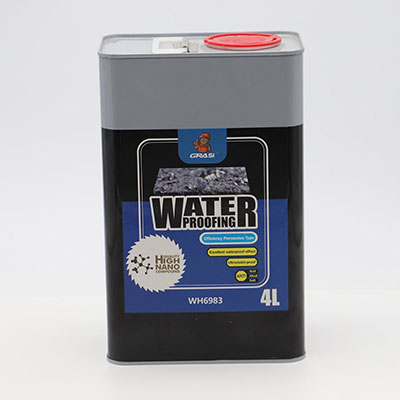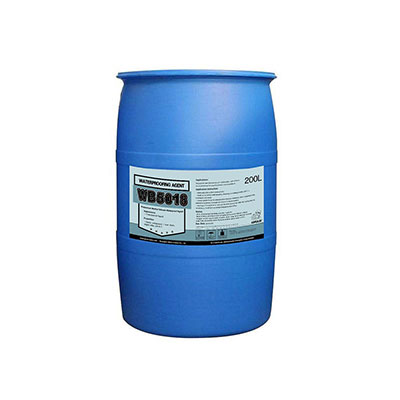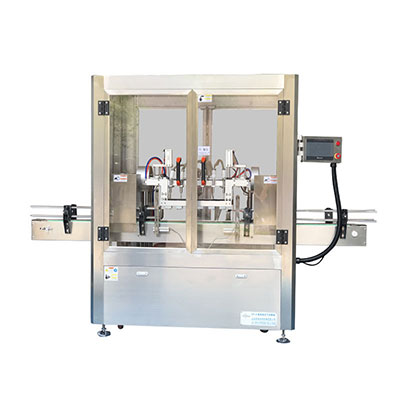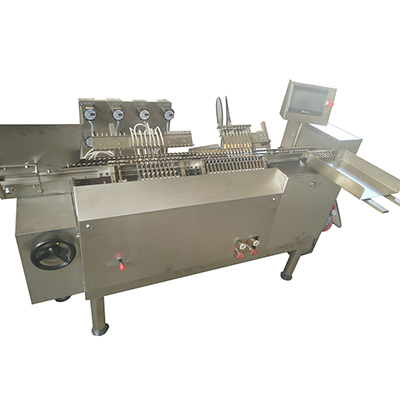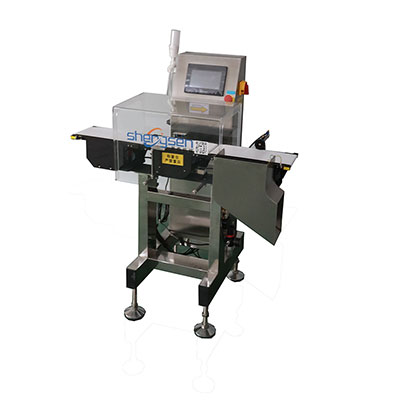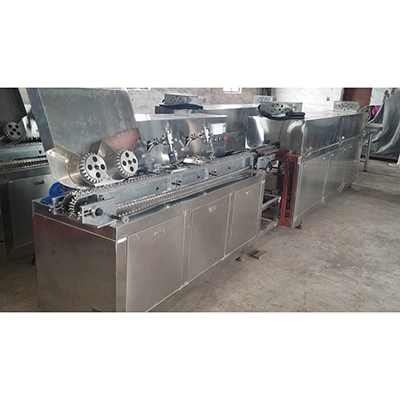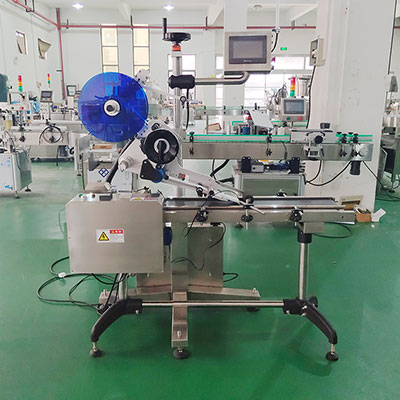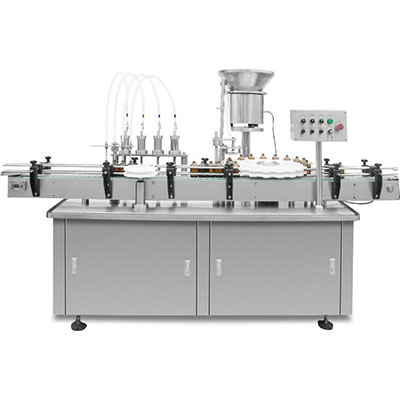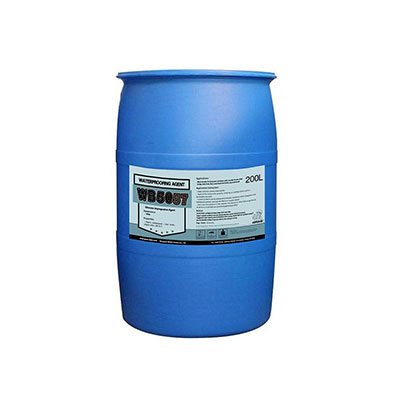CWDM Optical Add-Drop Multiplexer
Pictures and Schematic Diagram
The main function of the optical add-drop multiplexer is to add a low-bandwidth signal to or extract a low-bandwidth signal from an existing high-bandwidth data stream. The optical multiplexer facilitates the dynamic reconfiguration of optical networks in that the wavelengths carried over the optical fiber are properly distributed.
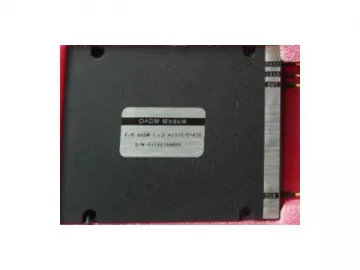
Features of Optical Add-Drop Multiplexer
Low Insertion Loss
Wide Passband
High Stability and Reliability
Qualified Under Telcordia GR-1221 and GR-1209 Standards
Applications of Optical Add-Drop Multiplexer
FTTX (FTTP, FTTH, FTTN, FTTC)
Passive Optical Networks (PON)
Local Area Networks (LAN)
CATV Systems
Test Equipment
Technical Parameters
| Parameter | 1-Channel | 2-Channel | 4-Channel | 8-Channel | |||||
| Add | Drop | Add | Drop | Add | Drop | Add | Drop | ||
| Channel Wavelength (nm) | 1270~1610 | ||||||||
| Channel Spacing (nm) | 20 | ||||||||
| Insertion Loss (dB) | In—Drop@drop | ≤ 0.7 | ≤ 1 | ≤ 1.5 | ≤2 | ||||
| Add—Out@add | ≤ 0.7 | ≤ 1 | ≤ 1.5 | ≤2 | |||||
| In—Out@other | ≤ 0.7 | ≤ 1.2 | ≤ 2.4 | ≤3.5 | |||||
| Add/Drop Channel Ripple (dB) | ≤ 0.3 | ||||||||
| Isolation @Add/Drop Channel(dB) | Adjacent | ≥ 30 | |||||||
| Non-adjacent | ≥ 40 | ||||||||
| Insertion Loss Temperature Sensitivity (dB/°C ) | ≤ 0.005 | ||||||||
| Wavelength Temperature Shifting (nm/ °C ) | ≤ 0.002 | ||||||||
| Polarization Dependent Loss (dB) | ≤ 0.1 | ||||||||
| Polarization Mode Dispersion (ps) | ≤ 0.1 | ||||||||
| Directivity (dB) (Input to add, Output to drop, add to drop) | ≥ 50 | ||||||||
| Return Loss (dB) | ≥ 45 | ||||||||
| Maximum Power Handling (mW) | 300 | ||||||||
| Operating Temperature (°C) | 0 ~ 75 | ||||||||
| Storage Temperature (°C) | -40 ~ 85 | ||||||||
| Package Dimension (mm) | L100×W80 × 10 or L120×W80 ×H11.6 | ||||||||
Note: All insertion loss doesn't include connector loss.
For devices with connectors, the insertion loss will be 0.3 dB higher.
Order Information
CWDM OADM-A-B-C-D-E-F-G-H
Links:https://globefindpro.com/products/73287.html
-
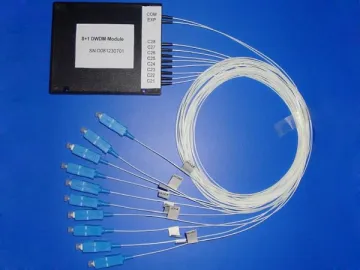 100 GHz DWDM Optical Add-Drop Multiplexer
100 GHz DWDM Optical Add-Drop Multiplexer
-
 200 GHz DWDM Optical Add-Drop Multiplexer Module
200 GHz DWDM Optical Add-Drop Multiplexer Module
-
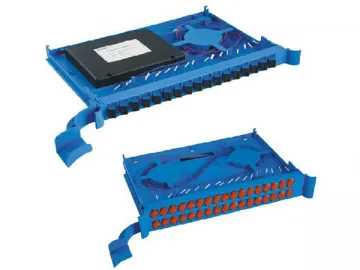 Tray-Type Splitter
Tray-Type Splitter
-
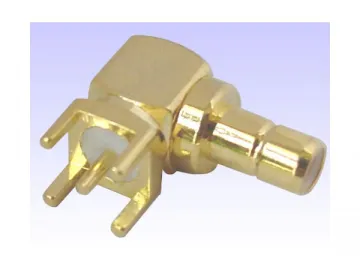 SMB RF Coaxial Connector
SMB RF Coaxial Connector
-
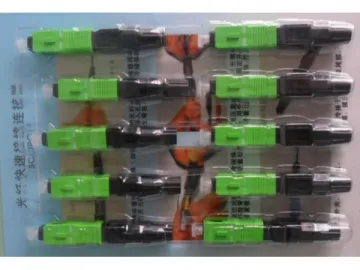 Fiber Optic Fast Connector
Fiber Optic Fast Connector
-
 RG58 RF Cable Assemblies
RG58 RF Cable Assemblies
-
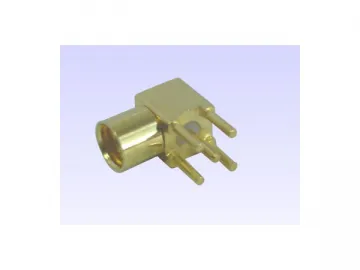 MMCX RF Coaxial Connector
MMCX RF Coaxial Connector
-
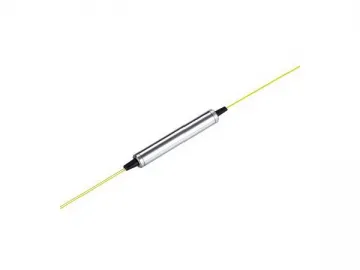 Filter Type Coarse Wavelength Division Multiplexer
Filter Type Coarse Wavelength Division Multiplexer
-
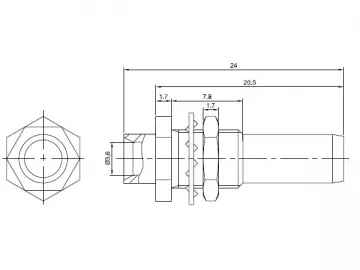 BMA RF Coaxial Connector
BMA RF Coaxial Connector
-
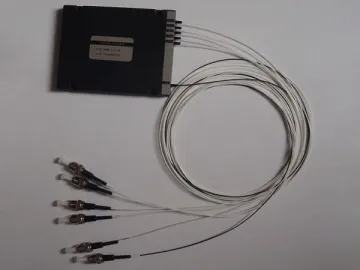 CWDM (Coarse Wavelength Division Multiplexer)
CWDM (Coarse Wavelength Division Multiplexer)
-
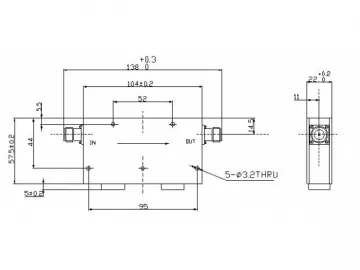 Optical Isolator
Optical Isolator
-
 Swivel Sweeper with Removable Brush
Swivel Sweeper with Removable Brush
